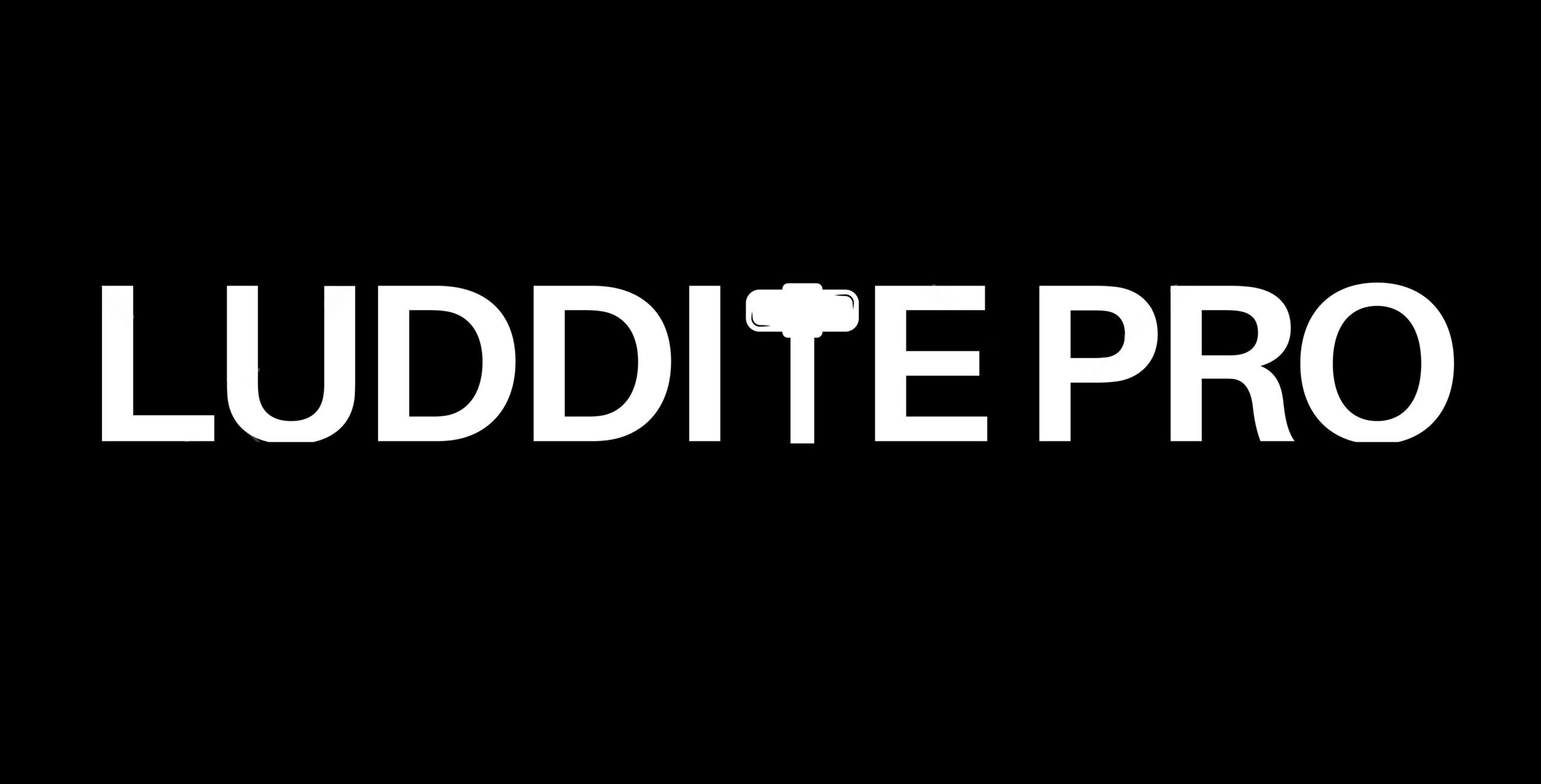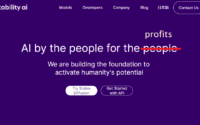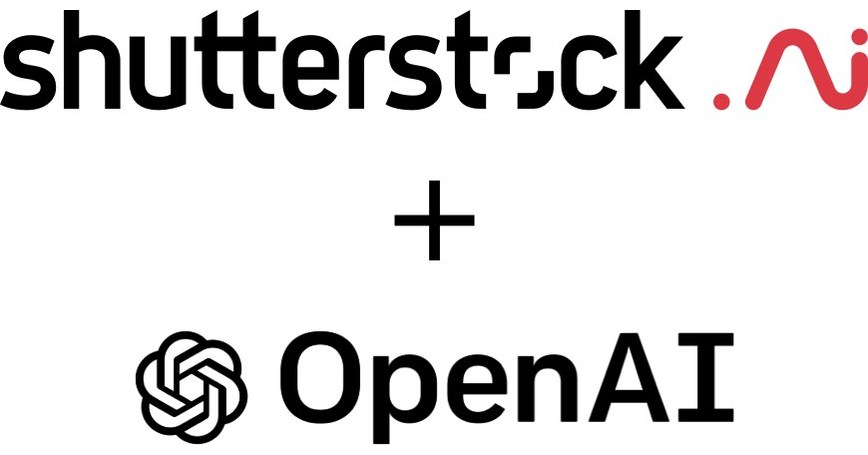How OpenAI Became a Tech Industry Supervillain
In the 2010s, Sam Altman was unknown outside of Silicon Valley. That’s not to say he’s unaccomplished–he spent eight days as the CEO of Reddit in 2014 while serving as president of Y Combinator alongside its co-founder Paul Graham.
He proved his ability to spend money on tech in that position, and by 2020 left to serve as the CEO of OpenAI. Since then, artificial intelligence took off, and Altman went on an AI regulation world tour, speaking with global government leaders to lobby for tech-friendly regulations and legislation.
It started in May, as Altman joined one of multiple hearings the US Congress held to better grasp the risks and rewards of AI, machine learning, and especially generative AI.
Altman traveled to Israel, Jordan, Qatar, the United Arab Emirates, India, South Korea, Japan, Singapore, Indonesia, and Australia in two weeks in June, giving his company-approved lines from a relatable human face on AI to tilt the scales in his favor.
ChatGPT became the fastest-growing consumer app in history by February 2023, and it only took two months to reach. For comparison, TikTok took nine months to achieve this level, and Instagram took 2.5 years. It was since beaten by Threads, which accomplished the 100 million user milestone in July.
During this same marketing push, Altman tried selling Worldcoin, his dystopic blockchain-based biometric product, which has privacy advocates recoiling in horror.
So how did this relatively unknown executive and investor suddenly become the face of the tech industry?
Let’s dive into OpenAI and examine how it grew its power and became one of the most powerful companies of this decade.
TL;DR
- OpenAI was founded as a research lab and quickly pivoted to becoming a highly profitable company.
- Microsoft is the largest shareholder in OpenAI, investing a total of $13 billion in the company and claiming a 75% share of its profits until it recoups its investment. It will then drop to 49%.
- In February 2023, ChatGPT set a record by becoming the fastest app to reach 100 million users.
- OpenAI is on track to earn $1 billion in revenue over the next 12 months.
- CEO Sam Altman has an estimated net worth over $500 million.
- Kenyan workers tasked with moderating datasets earned $2 per hour.
- Several lawsuits are pending against OpenAI for the datasets it used to train its LLMs.
- The company’s security and privacy are concerns, as a data breach compromised accounts, and it’s unclear how the company handles user data.
Background
About OpenAI
OpenAI is a U.S.-based AI enterprise disguised as a research lab, founded in 2015, focusing on developing “safe and beneficial” artificial general intelligence (AGI). Initially a non-profit, OpenAI transitioned to a “capped” for-profit model in 2019 to attract investments and top talent. Microsoft has been a critical investor, infusing $1 billion in 2019 and bringing the total to $13 billion in 2023.
OpenAI introduced generative AI products like GPT-3 and DALL-E 3 to the market and has commercial partnerships with Microsoft. Its mission, governance, and for-profit transition have been subjects of public discussion. As of 2023, OpenAI is valued at $29 billion and has made strategic acquisitions like the New York-based start-up Global Illumination. It is on track to earn $1 billion in revenue in 2023.
The company faces criticism for outsourcing the annotation of toxic content to Sama, a company that paid its Kenyan workers between $1.32 and $2.00 per hour post-tax, while OpenAI paid Sama $12.50 per hour. The work allegedly left some employees mentally scarred.
OpenAI has also been criticized for a lack of transparency around technical details of products like ChatGPT, Dall-E 3, and GPT-4, which makes it difficult for independent research and goes against its initial commitment to openness. Legal issues have also emerged, including copyright infringement lawsuits from authors and potential action from The New York Times, as well as a lawsuit for violating EU General Data Protection Regulations. In response to this, the EU formed the European Data Protection Board (EDPB) in April 2023 for better oversight.
Closing in on OpenAI
OpenAI is perhaps the most well-known name in AI, but it’s far from open. The company first made waves for the November 2021 public release of GPT-3, a large language model heavily lauded as the start of the current generative AI bubble.
The model, capable of tasks like writing emails, composing poetry, and coding, was easily integrated into various apps and services. It spawned white-label efforts like Jasper that promised to let you create SEO-friendly blogs and marketing copy using this writing app. At the time, it was state-of-the-art, but it lacked mainstream recognition and largely remained confined to the writing industry.
Safety features were also integrated as the company moved GPT-3 from private beta to public beta, including the introduction of “instruct” models for better adherence to human instructions and a content filter to mitigate abuse. The API came with updated content guidelines, prohibiting generation of content related to topics like politics, violence, and hate speech.
The next summer, anticipation grew for the company’s text-to-image model Dall-E 2 as it launched into open beta. Dall-E 2, however, lost much of its buzz as competitors like MidJourney and Stable Diffusion took the public by storm. Still, it took the lead in LLMs and natural-language processing with the release of GPT-3.5 and its corresponding ChatGPT interface in November 2022.
It wasn’t long before ChatGPT grew to 100 million users, had its own South Park episode, and was being promised as the next big thing in tech. As the hype cycle continued, ChatGPT was sold as everything you can think of:
1. ChatGPT Lawyers
A hopeful entrepreneur named Joshua Browder believes AI can replace a lawyer, and he even attempted to pay a real human attorney $1 million to argue a case in the Supreme Court in January 2023. Of course, his attempt was thwarted by a slew of legalities, and two months later, Browder found himself on the other end of a class-action lawsuit against his DoNotPay robolawyer for false advertisement.
Meanwhile, another attorney got in trouble for using ChatGPT in his briefing in March.
In a June court hearing, New York lawyer Steven A. Schwartz faced scrutiny for submitting a legal brief filled with fabricated case law generated by ChatGPT. Schwartz told Judge P. Kevin Castel that he was unaware the AI could produce false information and expressed deep remorse for his actions.
Both cases had far-reaching impacts, raising questions about the role of chatbots in legal practice and urging immediate attention to address these ethical concerns.
2. ChatGPT Doctors
Studies continue popping up about ChatGPT being useful tools in medicine. Axios reported on one showing the LLM has a 72% success rate in diagnosing ailments and illnesses.
Notorious pharma bro Martin Shkreli takes things even further, marketing Dr Gupta AI, a ChatGPT-based chatbot posing as a doctor. He also made Dr. McGrath, a pet-focused version presenting itself as a veterinarian.
Both chatbots ask users to input personal and sensitive medical information, but both Shkreli and his team vehemently deny they are required to follow the Health Insurance Portability and Accountability Act, which protects medical information. They absolutely are required to follow HIPAA, so it’s only a matter of time before the government cracks down on these illegal and dangerous machinations. Still, it’s already been six months, and they’re still around, showing how slow the law is to move when faced with fast-paced technological changes.
3. ChatGPT Writers
The first profession everybody thought AI would replace is writer, something Steven Pinker addressed with the Harvard Gazette.
Pinker’s underlying argument is that while large language models are impressive in their ability to generate human-like text, they should be seen as complementary to human skills rather than as replacements. He suggests that the existence of such models could even help us better understand the nature of human intelligence by highlighting what makes it unique.
Meanwhile, Hollywood’s writers protested the use of AI and landed a historic deal protecting them from its usage in their work.
404 Media also investigated mushroom foraging books on Amazon to find a slew of AI-generated books that gave incorrect and sometimes deadly information on which mushrooms may be safe to consume. These faux pas are sure to make the landscape difficult for readers to navigate, and fact checking is more important today than ever as a wave of AI-generated garbage floods every marketplace and platform on the internet.
4. ChatGPT Developers
Although OpenAI has its own AI-powered development tool in partnership with Microsoft and GitHub, people still use ChatGPT to accomplish it.
The problem is that many developers found AI-generated code is either unsecure (leaving you vulnerable to cyber attacks) or is fully plagiarized (according to a class action lawsuit filed against the company). In many cases, it is both, since it’s not updated as often as software is patches. This means if you implement AI-generated code, it could be vulnerable to already-patched cyber threats.
5. ChatGPT Girlfriends
Tech bros just want a younger, prettier girl who will obey their every command. If they can’t buy it with their billions of dollars, they will create them, and that’s how we ended up with a nonstop flood of AI-generated waifus and their corresponding chatbots.
Apps with names like DreamGF, Replika, and My Virtual Girlfriend promise to provide their (mostly male) audience with (mostly young female) AI romantic companions. This is causing a variety of psychological problems that we won’t fully have a handle on for years to come but has already been attributed with making people act more misogynistic in romantic endeavors.
Making matters worse, some men are even turning to AI undress and deepfake apps to further blur the lines between reality and fantasy.
6. ChatGPT Financial Advisors
Financial advisors can definitely stand to use AI in monitoring markets, but ChatGPT and other LLMs are not designed for that. Instead, they simply regurgitate mixes of financial advice that’s already been given.
Although this could prove to be accurate every so often, that’s more a matter of luck than an actual feature of the software. If you must use AI to monitor financial markets, focus on AI that can actually monitor these markets rather than a machine that’s hallucinating information.
7. ChatGPT Journalists
The use of artificial intelligence in journalism is raising ethical and practical concerns. Errors and inaccuracies in AI-generated news stories have led to public mistrust and scrutiny. While some media outlets are blocking AI crawlers and reevaluating their use of technology, others are investing further in AI capabilities. Amid job cuts and an already declining trust in media, the industry faces a pivotal choice on how to integrate AI responsibly.
The key issue is whether AI can adhere to the ethical standards and nuanced understanding required in journalism. The drive for cost-efficiency and speed in news production is pushing some media companies to continue their AI initiatives, despite the risks. This not only threatens the credibility of journalism but also poses a broader risk to democratic institutions, making it imperative for media organizations to exercise caution and transparency in their use of AI.
9. ChatGPT Therapists
Just had a quite emotional, personal conversation w/ ChatGPT in voice mode, talking about stress, work-life balance. Interestingly I felt heard & warm. Never tried therapy before but this is probably it? Try it especially if you usually just use it as a productivity tool. https://t.co/9S97LPvBoS
— Lilian Weng (@lilianweng) September 26, 2023
Last month, OpenAI head of safety systems Lilian Weng tweeted about using the tool as a therapist.
OpenAI promoting ChatGPT as a therapeutic tool raises ethical concerns because the AI lacks the capacity for empathy, emotional intelligence, and ethical judgment. While it can mimic human conversation, it isn’t qualified to offer mental health support. Endorsing the chatbot for such uses, especially by high-ranking individuals within the company, could mislead the public and put emotionally vulnerable individuals at risk.
Furthermore, the AI has limitations such as producing incorrect or misleading information (“hallucinating”), which could be particularly dangerous in a mental health context. Therefore, it’s important for any organization developing conversational AI to be transparent about the technology’s limitations and to not market it as a replacement for professional healthcare services.
The list goes on, but the capabilities of this statistical word generator were being highly oversold. And while level-headed technologists, academics, and others tried to calm the hype, Altman and Co began lobbying for favorable treatment from the law.
Meanwhile, controversies arose, as a growing movement formed to oppose the use of AI-extruded text from overtaking society.
OpenAI’s Openly Known Problems
It may be sold as the next big thing, but there are a lot of problems looming on the horizon for OpenAI
ChatGPT rapidly gained popularity after its release, attracting millions of users in a short span of time. While its versatility made it a hit, it also drew attention from cybercriminals. A notable data breach exploited a vulnerability in an open-source library, exposing users’ chat histories and some payment information. Although the issue was quickly resolved, it raises concerns about the future security of chatbots. The incident also led to increased scrutiny and limitations on the use of ChatGPT by organizations and even entire countries.
Aside from external vulnerabilities, chatbots like ChatGPT pose other risks such as data privacy issues and potential exploitation for phishing and disinformation campaigns. As chatbots continue to evolve and become more integrated into various sectors, addressing these cybersecurity challenges will become increasingly critical.
OpenAI also faces various class action lawsuits alleging that the company used “stolen data” from “millions of unsuspecting consumers worldwide,” including children, to train its AI models like GPT, DALL-E, and VALL-E. This includes the lawsuit against GitHub Copilot above.
One lawsuit–filed in June–accuses OpenAI of harvesting a variety of personal data without user consent, such as private conversations, medical data, and financial information from applications incorporating GPT-4 technology like Snapchat, Spotify, and Stripe. Plaintiffs are demanding transparency on data collection practices, compensation for their “stolen data,” and an opt-out feature for all data collection.
Sarah Silverman and other novelists sued the company in July, and a collective of authors including John Grisham, George R R Martine, and Jodi Picoult filed a class action in September. News outlets like the NY Times are mulling legal action but have yet to file suits in court.
Time also found that OpenAI exploited its workers in Kenya. In an effort to make the chatbot safer and less prone to toxic output, OpenAI outsourced work to Kenyan laborers via Sama, a San Francisco-based company, to label thousands of text snippets that contained violent, hate speech, and sexually abusive content.
The Kenyan workers were paid as little as $1.32 to $2 per hour for this taxing work. For this low pay, they faced emotionally distressing material, including explicit descriptions of sexual abuse and violence, and some reported mental trauma as a result. The ethical implications concerning low-wage, high-risk labor in the Global South are causing a reevaluation of practices within the AI industry.
However, it’s clear that this efforts are happening much too slow, as OpenAI and its CEO continue to grow their power and wealth while lobbying regional governments around the world.



